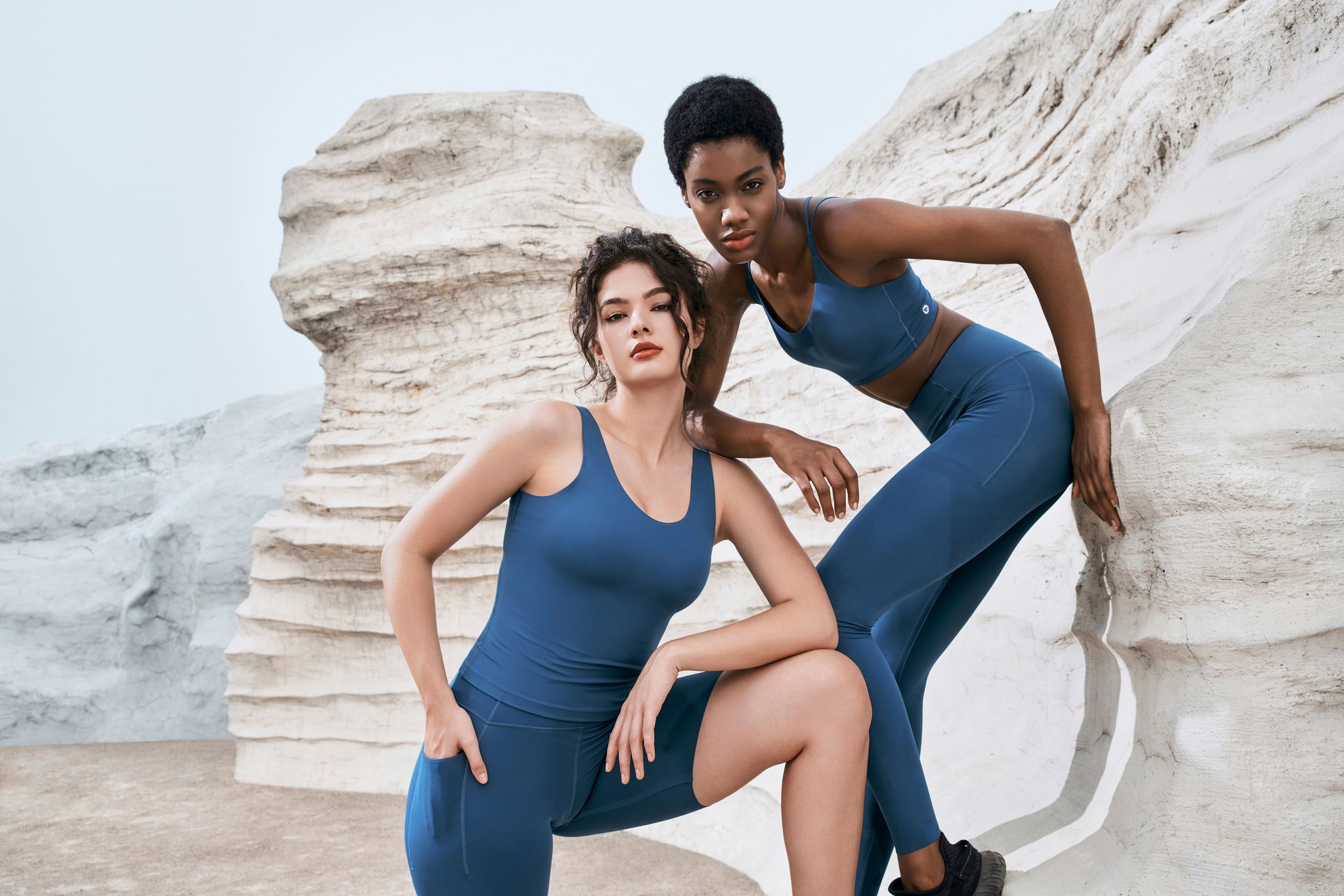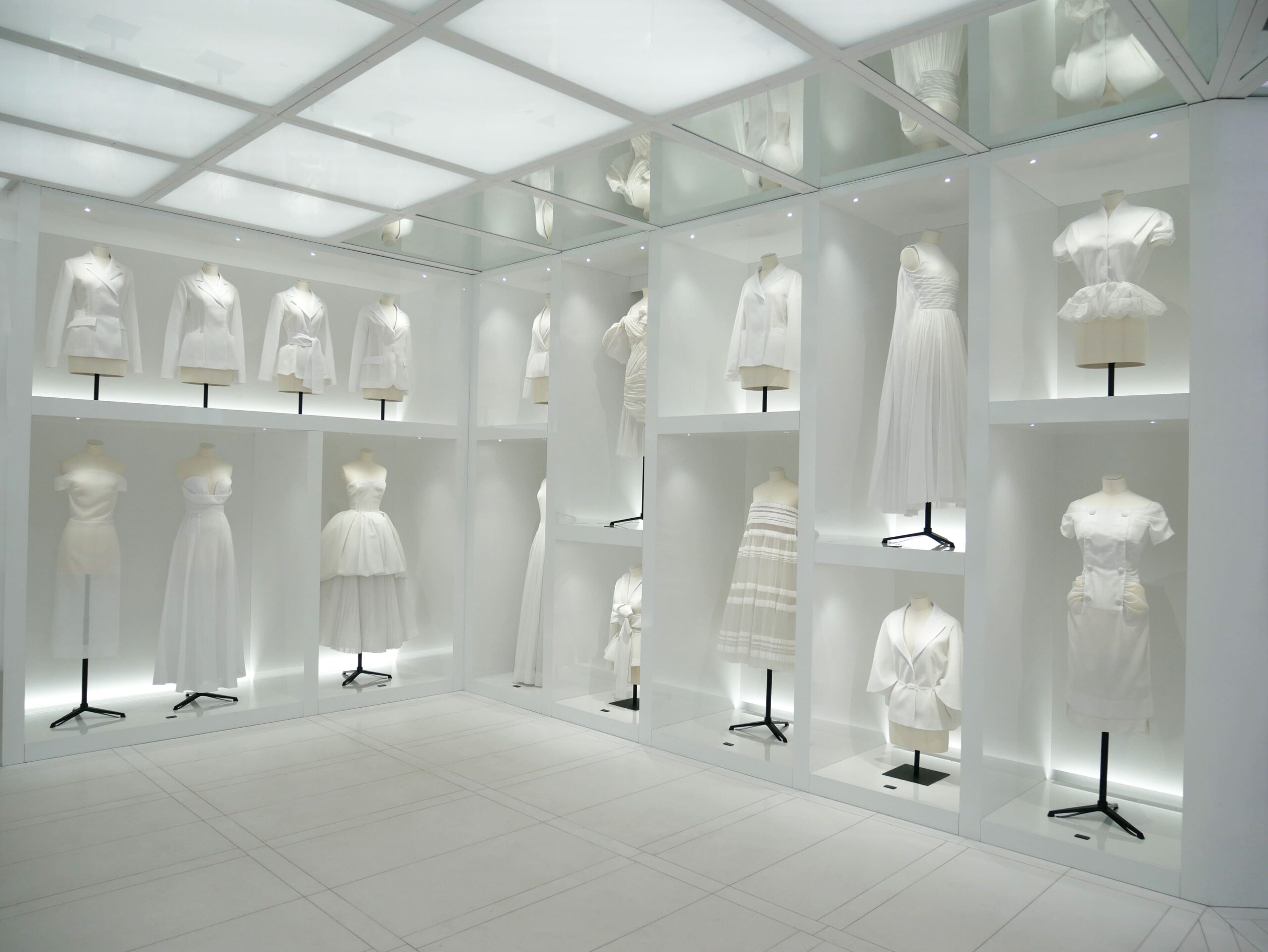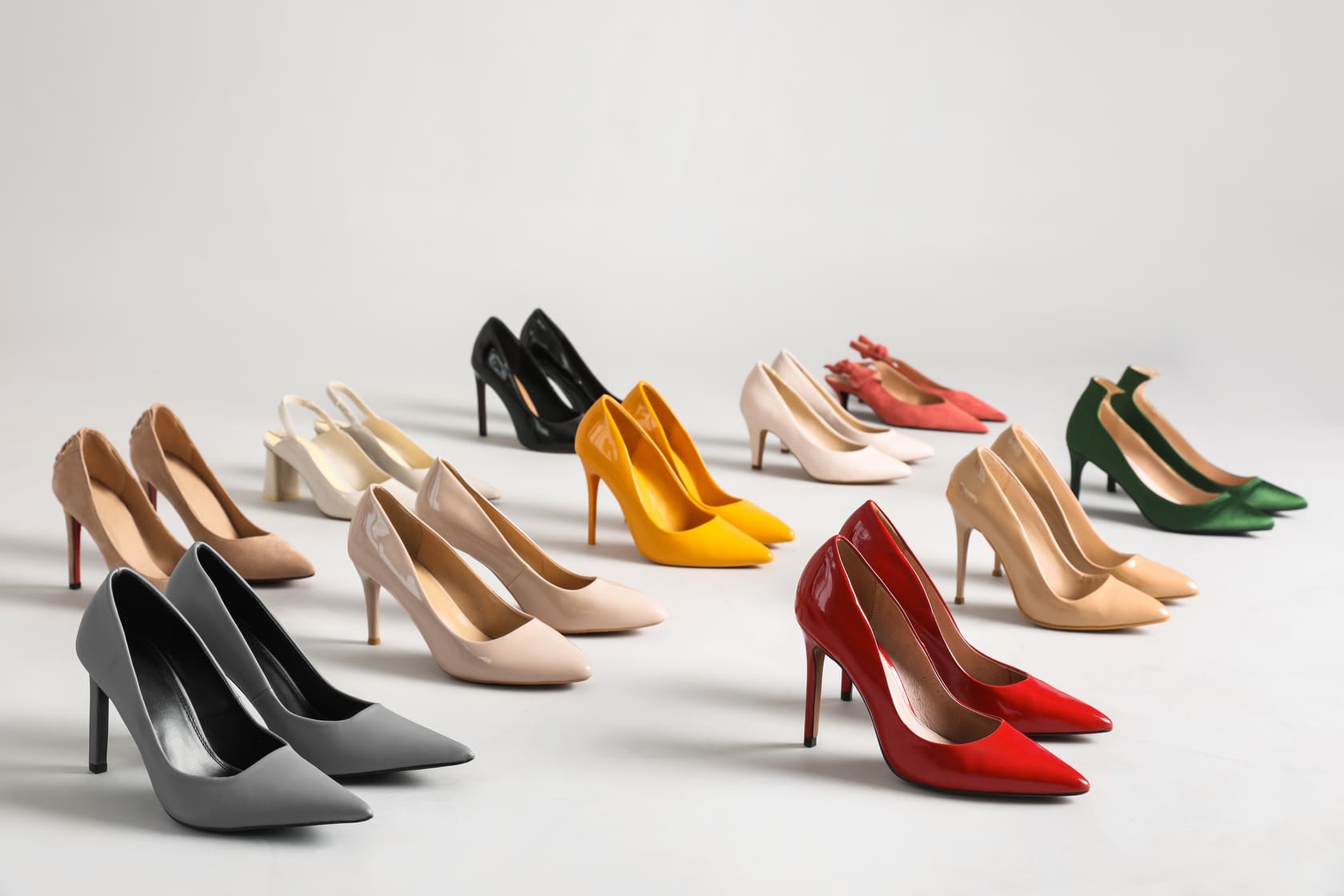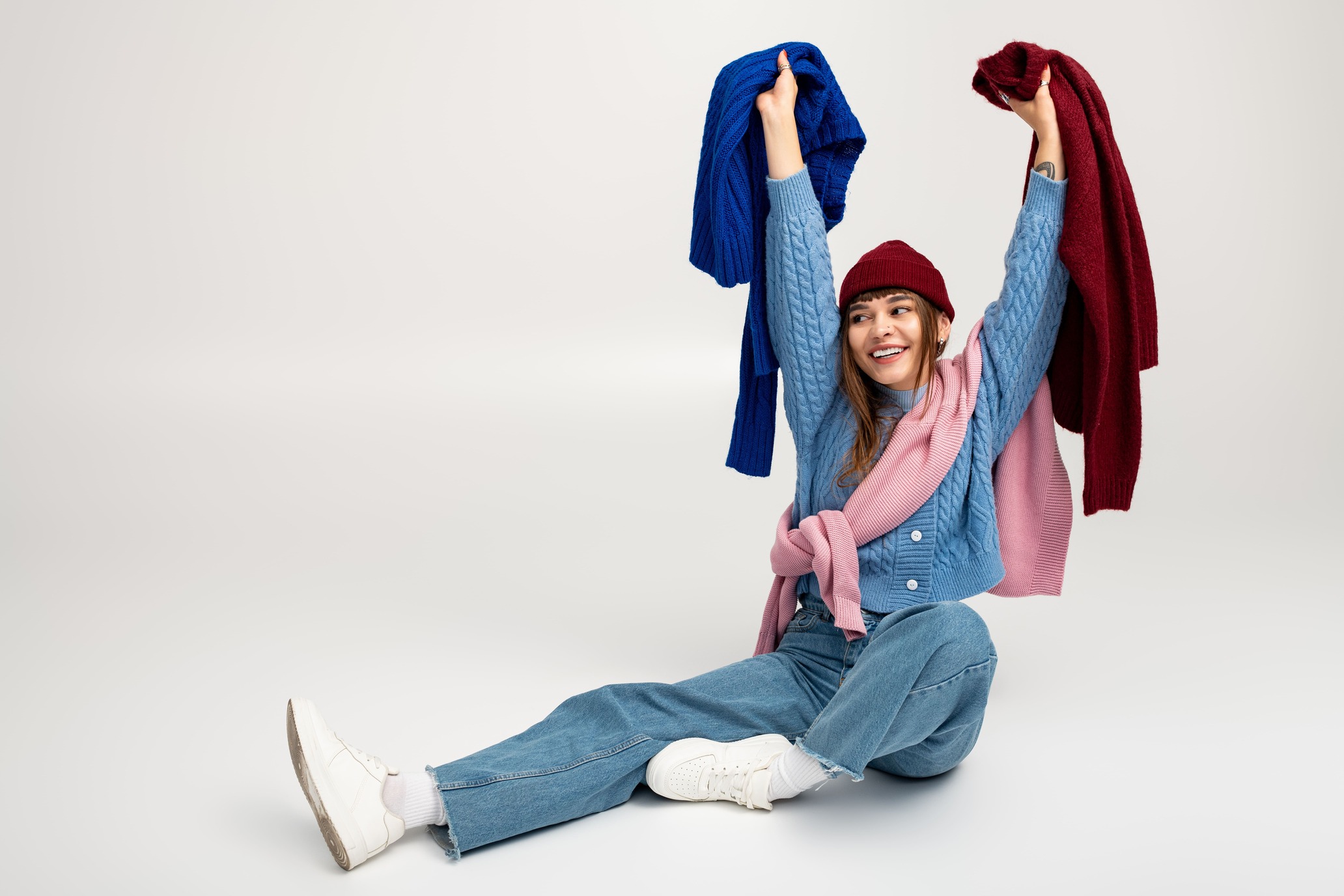September 2024
9 Essential Key Performance Indicators for Fashion E-Commerce
Ester Bazzanella

Managing an e-commerce store is not easy. And a fashion e-commerce store is even more difficult.
Fashion e-commerce stores face the same challenges as other e-commerce stores: driving traffic, increasing conversions, retaining customers, among others. But in addition, they also face the unique challenge of having to ensure their shoppers purchase the right size.
The only way for you to improve the performance of your fashion e-commerce store is to track metrics and key performance indicators (KPIs). After all, you can’t improve performance if you don’t know what’s working and what isn’t.
In this article, we cover nine essential KPIs to track for steady growth and increased profits. Tracking these metrics will give you insights into your customer behavior, website performance, and overall sales strategy.
Conversion Rate
Your conversion rate is the percentage of website visitors who actually make a purchase. In other words, it’s the number of website purchases divided by the number of website visitors.
Conversion rates are one of the most important KPIs to track for any e-commerce business. After all, you want people to visit your online store, but most importantly, you want them to make purchases.
Marketing and website design plays a big role in your conversion rate. Successful marketing attracts the right people to your store, and good website design ensures users can find what they’re looking for and easily complete their purchase.
Typically conversion rates in fashion e-commerce range between 1-3%.
A low conversion rate could be the result of a few different things:
Bad user experience: If your website visitors can’t find the products they’re looking for, they won’t be able to purchase them. For a good user experience, your website needs intuitive navigation and good filter options.
Confusing product pages: Your product pages need to include clear product descriptions and high-quality images. When shoppers don’t have a clear idea of what products look like, you can’t expect them to make purchases.
Sizing uncertainty: Doubts about sizing are the biggest barrier to purchase in fashion e-commerce.
Attracting wrong audience: This relates to your marketing efforts. If you’re not bringing the right shoppers to your store, you’re unlikely to be able to sell to them.
How to improve your conversions?
To boost conversions, focus on optimizing your marketing efforts and reducing friction in your online store. Make sure it’s easy for shoppers to find what they’re looking and implement clear size charts and consider a size recommendation tool to help them find the right size to purchase.
Read more: Tips to Increase Your Fashion E-Commerce Conversion Rate
Average Order Value (AOV)
Average order value tells you how much customers spend per order. For fashion e-commerce stores, this is gold because people shop in outfits, not just individual pieces. Higher AOV means you’re getting more out of each customer – without the extra effort of attracting new ones.
How to improve AOV?
Use cross-selling and upselling strategies like “complete the look” recommendations and bundle offers, and consider offering free shipping thresholds. Virtual try-on technology, like our Mix & Match tool, can help customers visualize how items work together, nudging them toward bigger purchases.
Customer Acquisition Cost (CAC)
Your customer acquisition cost shows how much you’re spending to bring in each new customer. If it costs more to acquire a customer than their first purchase’s profit margin, you’re in trouble.
To calculate your CAC, divide your total marketing and sales expenses by the number of new customers acquired during a specific period.
As an online fashion store, you need to keep your customer acquisition costs under control to ensure your marketing efforts are successful.
How to improve CAC?
Focus on organic growth through strong search engine optimization (SEO), engaging content, and customer reviews. If you run paid ads, you can make them more efficient by narrowing your targeting and retargeting audiences who have already shown interest in your store.
Referral programs can also lower CAC by turning your current customers into brand ambassadors. The goal is to get more value from each marketing dollar spent.
Return and Exchanges Rate
Returns and exchanges are especially common in fashion e-commerce due to sizing issues and style preferences. A high return rate eats into your profit and hurts customer satisfaction.
A certain amount of returns and exchanges are unavoidable, but keeping them as low as possible is vital to maintaining a healthy bottom line.
To lower your returns and exchanges, it’s important to understand why people return and exchange clothing when shopping online.
Here are the top reasons survey respondents gave for returning clothing purchased online that can be easily avoided:
- Items don’t fit well
- Items don’t suit me
- I didn’t intend to keep everything (I bought multiple sizes)
How to lower returns and exchanges?
Offer accurate sizing recommendations. Like improving your conversion rates, using a size recommendation tool like Size & Fit can seriously reduce returns by ensuring customers purchase the right size.
To avoid bracketing (when shoppers purchase multiple sizes to try them on at home and return the undesired sizes), you can implement a notification on your checkout page that shoppers receive when they have more than one size of the same garment in their cart. The notification should encourage them to use a size recommendation tool and only order the correct size.
Cart Abandonment Rate
Every abandoned cart is a missed opportunity.
Fashion retailers experience high cart abandonment rates, often because of extra costs, slow page load times, complicated checkout processes, and size uncertainty.
How to reduce cart abandonment?
Offer free shipping, display costs upfront, and keep your checkout process as simple as possible – it’s also a good idea to offer guest checkout. Automated email reminders also help lure customers who left items in their carts back to your store.
Read more: Optimizing Checkout in Fashion E-commerce
Traffic Sources
Knowing where your shoppers come from helps you understand which marketing efforts are driving traffic. In fashion, different channels appeal to different audiences, and this metric keeps you in the know.
You can use tools like Google Analytics to break down traffic by source (direct, organic, social, paid, etc.).
How to use traffic source metrics?
Double down on what works and change what isn’t!
For example, if Instagram drives more traffic than Facebook, shift your social strategy. To increase organic traffic, boost SEO efforts by optimizing product pages with keywords your customers are searching for.
Email Open Rate
For fashion e-commerce, email is still one of the marketing channels with the best return on investment. Email marketing lets you keep your shoppers up to date about new products, collections, and promotions. But people need to open your emails for them to be effective!
Your email open rate shows how effective your subject lines and timing are in getting people to engage with your emails.
You should be able to easily find your email open rate in whatever email marketing or customer relationship management software you use. Aim for an email open rate of at least 20%.
How to get more people to open your emails?
Create irresistible subject lines that are personalized and spark curiosity. Test different times of day to see when your audience is most responsive. Segment your list to send more relevant content to specific groups of customers.
Bounce Rate
Your bounce rate tells you how many website visitors leave after viewing just one page.
A high bounce rate means your visitors aren’t finding what they’re looking for, which could indicate poor landing pages, confusing site navigation, or irrelevant content. Alternatively, it could also be the result of technical issues, like long loading times or broken links.
Like traffic sources, your bounce rate is also something you can learn in Google Analytics.
How to prevent website visitors from bouncing?
Ensure your website is mobile-friendly and fast. Use clear, captivating calls-to-action (CTAs), and make sure landing pages align with what visitors expect to find after clicking a link.
Customer Retention Rate
Acquiring new customers costs more than retaining existing ones. Your retention rate shows how good you are at keeping customers coming back for repeat purchases – a critical factor for long-term growth.
To calculate your customer retention rate, subtract the number of new customers from the total number of customers over a set period. Next, divide by the number of customers at the start of the period and multiply by 100.
How can you retain more customers?
Incentivize repeat purchases with loyalty programs, personalized emails, and exclusive discounts. Furthermore, building trust through great experiences (like nailing fit and style) keeps customers coming back.
Learn more: 6 Retention Strategies For Fashion E-Commerce
Setting Your Store Up for Success
Fashion e-commerce success isn’t just about having a great product – it’s about making data-driven decisions to optimize your business.
Tracking the KPIs in this article will help you optimize your marketing efforts, solve customer pain points, and keep your store in the best shape. Your numbers tell a story, so make sure you’re listening!
If you’d like to learn more about optimizing your fashion e-commerce store, read our 5 tips to sell more clothes online.








